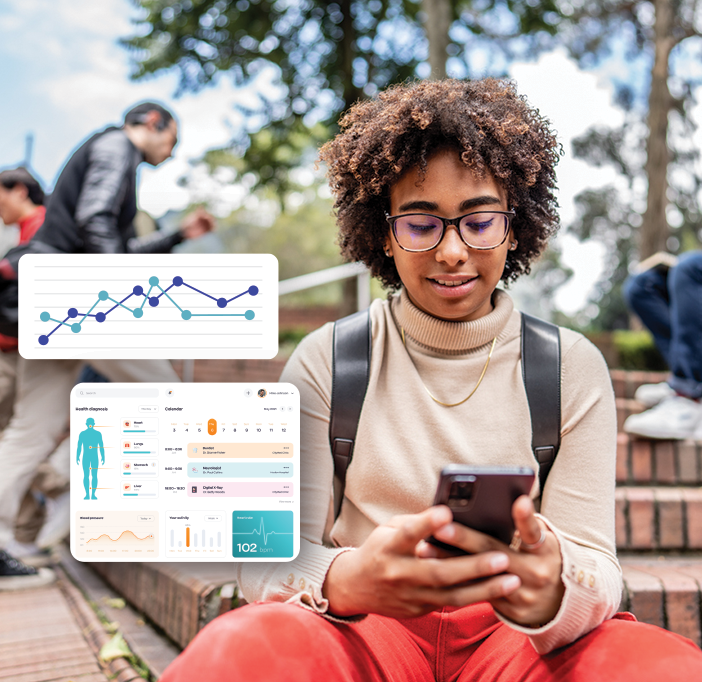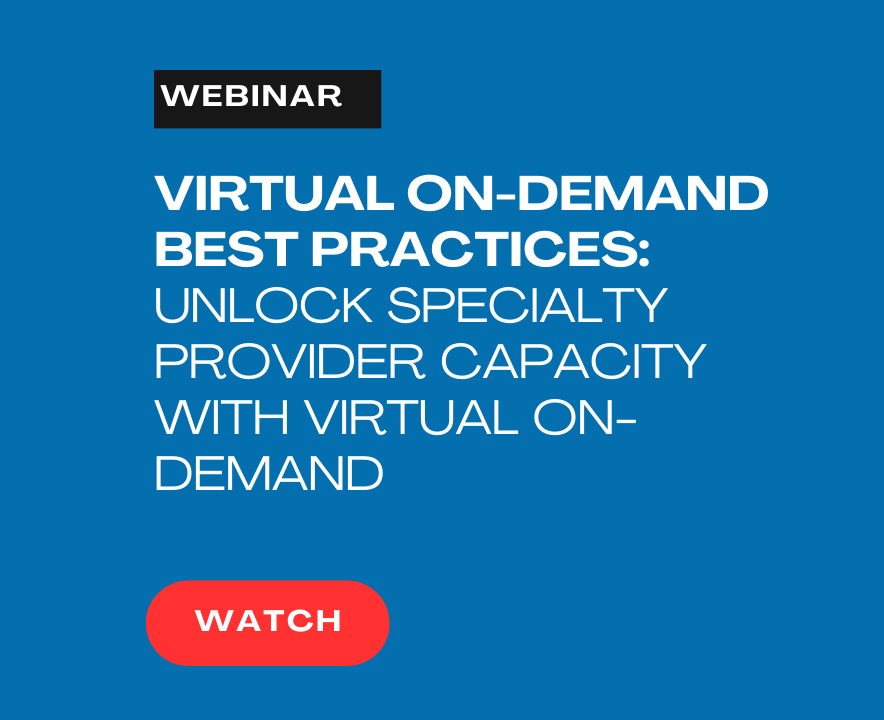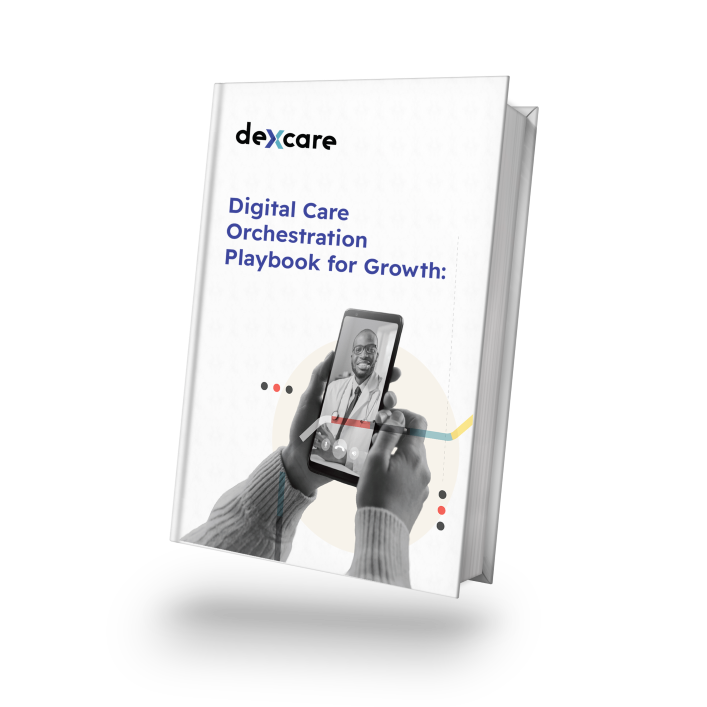Breaking Down Barriers: URMC's Digital-First Approach to Rural Mental Health

One in five Americans lives in a rural area and typically faces higher health risks than their urban counterparts. Access to behavioral health services is particularly limited within these communities. Nearly half of the total U.S. population (49%) lives in a mental health workforce shortage area, and two-thirds of these shortage areas are located in rural or partially rural parts of the country.
For the University of Rochester Medical Center (URMC), which serves 3 million people across 27 counties in western and central New York, this challenge hits close to home. Outside the city of Rochester, 75% of the system’s patients live 10 or more miles from the nearest healthcare facility. That distance can mean the difference between getting care and going without for both physical and mental health concerns.
First Up: Expanding Primary Care With Virtual OnDemand Visits
To bridge the gap for its primary care patients, URMC introduced Virtual OnDemand in 2023 through its Get Care Now program, powered by DexCare. It’s proven highly successful, achieving a 2X increase in virtual visit volume and earning a 94 net promoter score (likelihood of recommending the service to others) from patients.
“A majority of our affiliate hospitals are in rural areas, and leveraging technology to meet the needs of those patients and keep them in their communities is important,” says Jaime Bishop, Senior Director of Strategic Initiatives at URMC, explains. “I never want anyone not to get the care that they need because there are too many barriers in place.”
Next Up: Virtual Visits for Behavioral Health Patients
Inspired by the results, the team at URMC began exploring the possibility of using virtual care to improve access to mental health care. Doing so would help fill a gap that existed within URMC’s network, which had only offered behavioral health services at its brick-and-mortar locations previously.
“We did have some availability for same-day appointments, but they got filled up pretty quickly,” Bishop said. These physical constraints meant patients often couldn’t access care when they needed it most. “So, we said, why don’t we make telemedicine an option for our behavioral health patients,” Bishop said.
Today, DexCare’s Virtual OnDemand behavioral health platform works alongside URMC’s existing Crisis Line to create multiple pathways to care. “Our patients can call into the crisis line and say, ‘Here’s what’s going on.’ We try to stabilize them on the call. If we can’t, we can send them where they need to go,” Bishop describes.
For patients who need immediate intervention, URMC dispatches mobile crisis teams. Patients with non-urgent needs have the option of either calling the network’s call center or launching a Virtual OnDemand visit immediately with a therapist.
“It’s really trying to match up to where the patient is at, and using technology to help,” Bishop says. The result is a system that eliminates traditional barriers while ensuring patients receive appropriate care based on their specific needs.
Leveraging technology as a healthcare equalizer
For URMC, technology has become the great equalizer in healthcare access. “I think partnering with DexCare helps us add another tool in the healthcare system’s tool belt to expand access to care,” says Bishop.
URMC’s experience proves that the right technology can bring physical and mental health care to patients, no matter how far they live from the hospital. The result? People get the support and treatment they need, when they need it, without having to travel miles to the nearest physical location.
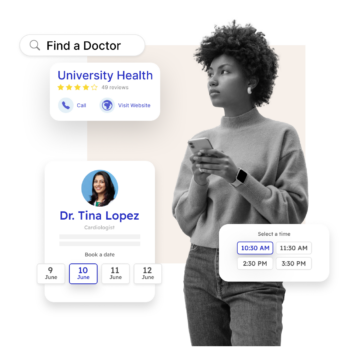
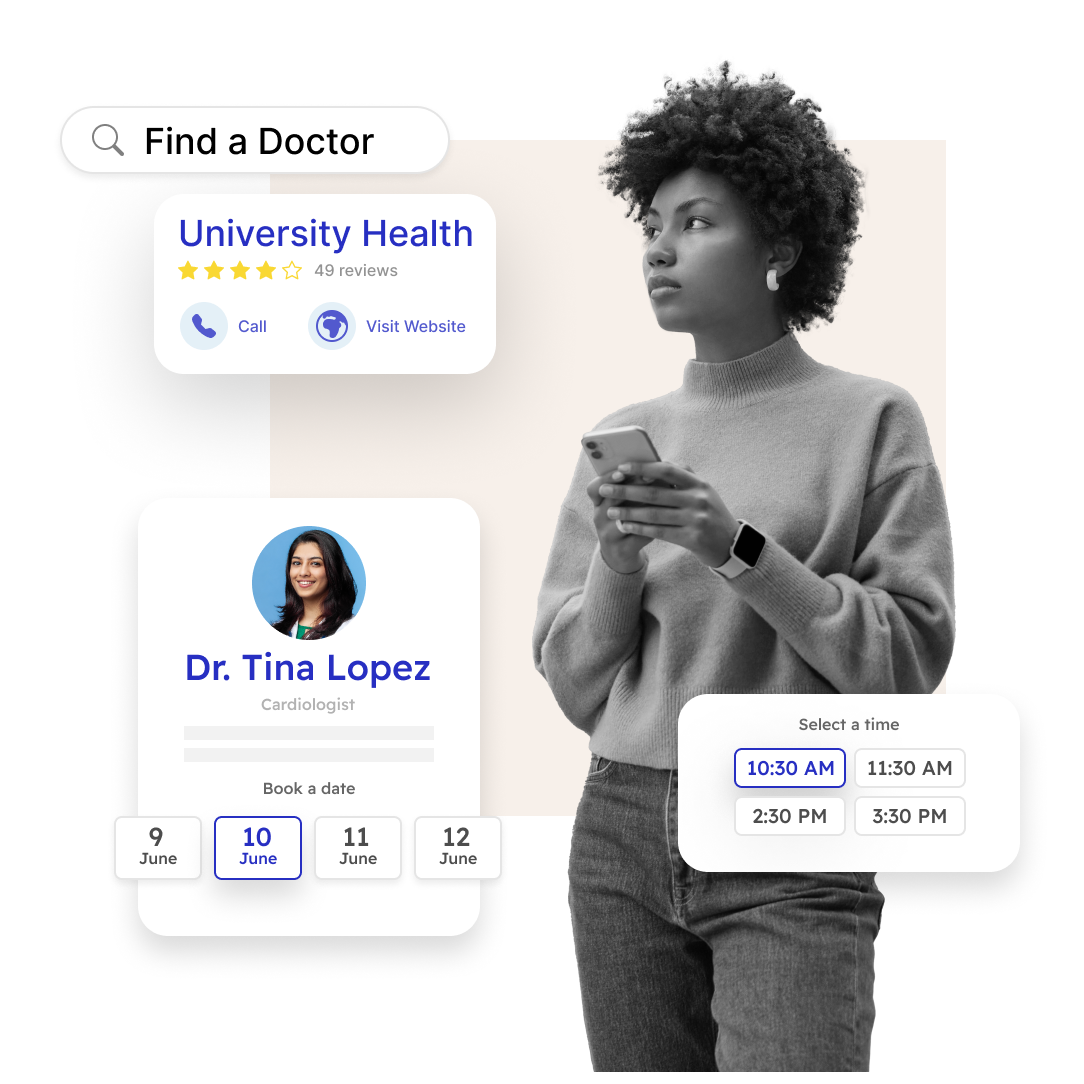
 Veterans Affairs
Veterans Affairs

